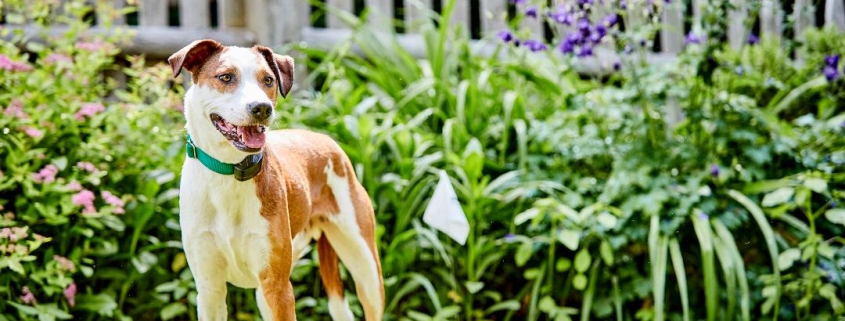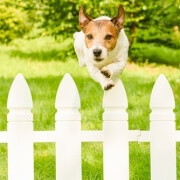Dog Fence Safety Tips: Keep Your Pet Secure with Confidence
Dog Fence Safety Tips: Keeping Your Pet Secure
A dog fence gives your pet freedom while keeping them safe, but like any system, safety depends on correct use, training, and maintenance. Whether you’re considering an invisible fence or already using one, these safety tips will help you get the most out of your system — and keep your pet secure for years to come. While this guide focuses on dog fence safety tips, many of the same principles apply to cat fence safety too, ensuring both dogs and cats can enjoy secure freedom outdoors
1. Choose the Right System for Your Dog
Not all fences are created equal, and safety varies hugely depending on the system you choose.
-
GPS dog fences can drift, leaving dangerous gaps (see our guide on how GPS dog fences work).
-
Cheap online kits may look tempting, but they often use thin wire that breaks easily, unreliable collars with short battery life, and offer no training or support. Many owners find they fail within months.
-
Professionally installed wired systems, like DogFence, are accurate to the inch, DEFRA-recognised for safety, and backed by expert installation, training, and ongoing support.
For small gardens, or if you live near roads, a wired fence installed by DogFence Ltd is the safest and most reliable choice.
2. Train Your Pet Properly
Training is the key to success.
-
Always follow the step-by-step programme provided.
-
Use the correct number of training flags at the boundary so your pet can see where the line is.
-
Start on a lead until your dog clearly understands the boundary.
With correct training, most pets learn in just a few sessions.
The same training methods support cat fence safety, giving cats clear boundaries, however, for cats their initial training is carried out indoor using and portable indoor training unit.
For training advise or additional flags call us or order training flags online.
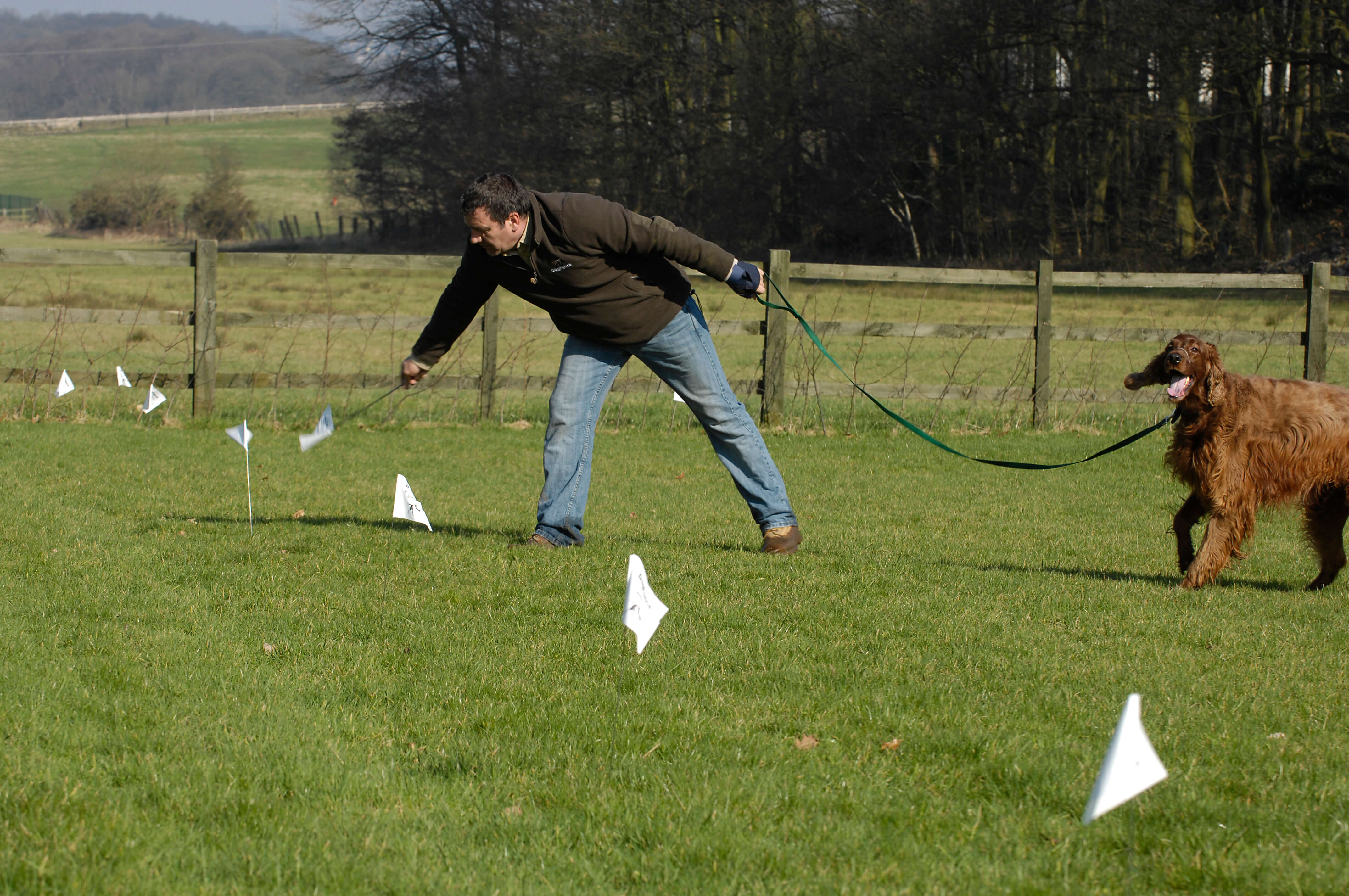
Training session with boundary flags helps dogs quickly learn their safe zone.
3. Check Collar Fit and Comfort
-
The collar should fit snugly but not tightly — you should be able to slide one finger under it.
-
Regularly check for rubbing, especially on smaller dogs or cats.
-
Avoid leaving the collar on for 24 hours straight — remove it at night if your pet is indoors.
Watch how to fit the DogFence collar correctly for a safe, comfortable fit: 
4. Monitor Battery Life
A flat collar battery = no protection.
-
Set a reminder to check batteries monthly.
-
At DogFence Ltd, our collars last up to 2 years (industry leading).
-
Watch out for GPS collars that need charging every 12–24 hours — easy to forget, leaving your pet unprotected.
Join our battery renewal programme – sent out at the correct interval for your collar.
5. Walk the Boundary Monthly
A quick walk around your garden can reveal:
-
Broken wires (rare, but can happen if digging).
-
Flag gaps if you’ve removed them too soon.
-
Unusual pet behaviour near the line, signalling a possible fault.
Why cable thickness matters:
Cheap online systems often use thin 0.25 mm cable, which is easily damaged by weather, gardening tools, or even pets chewing. This type of cable is not designed for direct burial and frequently breaks down within months.
By contrast, DogFence uses heavy-duty 2.5 mm boundary cable, engineered for durability and long-term performance. It is specifically designed for direct burial, ensuring your fence remains reliable year after year.
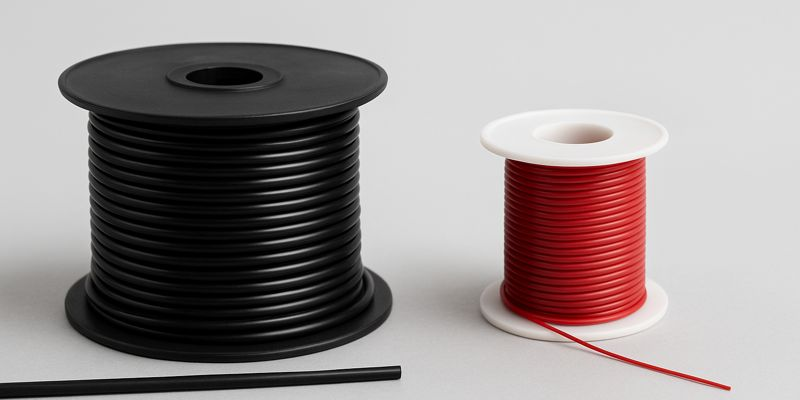
DogFence uses 2.5mm heavy-duty boundary cable designed for direct burial, unlike cheap systems with fragile 0.25mm wire
6. Use Natural Barriers Where Possible
Electronic fences work best when combined with natural boundaries:
-
Hedges, walls, or paths reinforce the training.
-
Place the fence line slightly inside these features for clarity.
7. Keep Children Informed
Explain to children that the collar is a safety tool — not a punishment.
This builds confidence and ensures they don’t interfere with training.
8. Know the Law
Containment fences are DEFRA-recognised and exempt from the e-collar ban in the UK, but only when:
-
Installed professionally
-
Used with proper training
Read more about dog fence safety compliance to stay informed.
FAQs About Dog Fence Safety
Q: Is an invisible fence cruel?
No — when installed and used properly, it’s a safe training tool. Our Professional collars have in built safety settings to ensure that your pet is not over corrected, and training prevents most dogs from ever receiving more than warning beep after the initial training.
Q: What if my power goes out?
DogFence systems have the option for a battery back-up on our Performance and Smart Fences. If your wire is broken the alarm will sound and with our Smart Fence you can receive live notifications to your phone.
Q: Can cats use a dog fence?
Yes — thousands of UK cats are safely contained, and cat fence safety is just as important as dogs.”
Q: How old should my pet be?
Most dogs and cats can start training at 4–6 months old, once they’re confident and responsive.
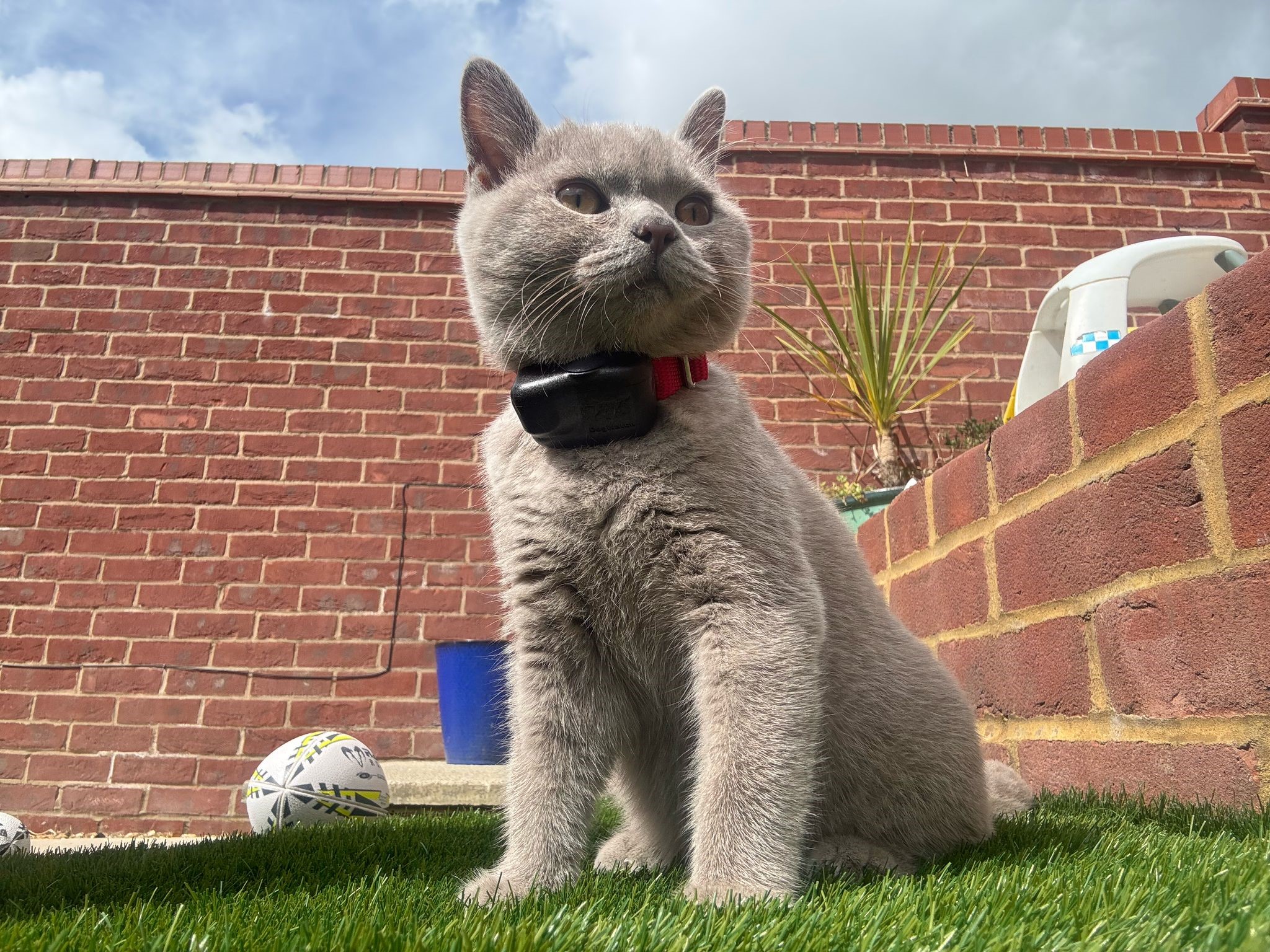
Leno, 5 months old, loving the freedom of his CatFence system.
Ready to Keep Your Pet Safe?
Call us on 01628 476475 Message us on WhatsApp Request a Free Quote Online

